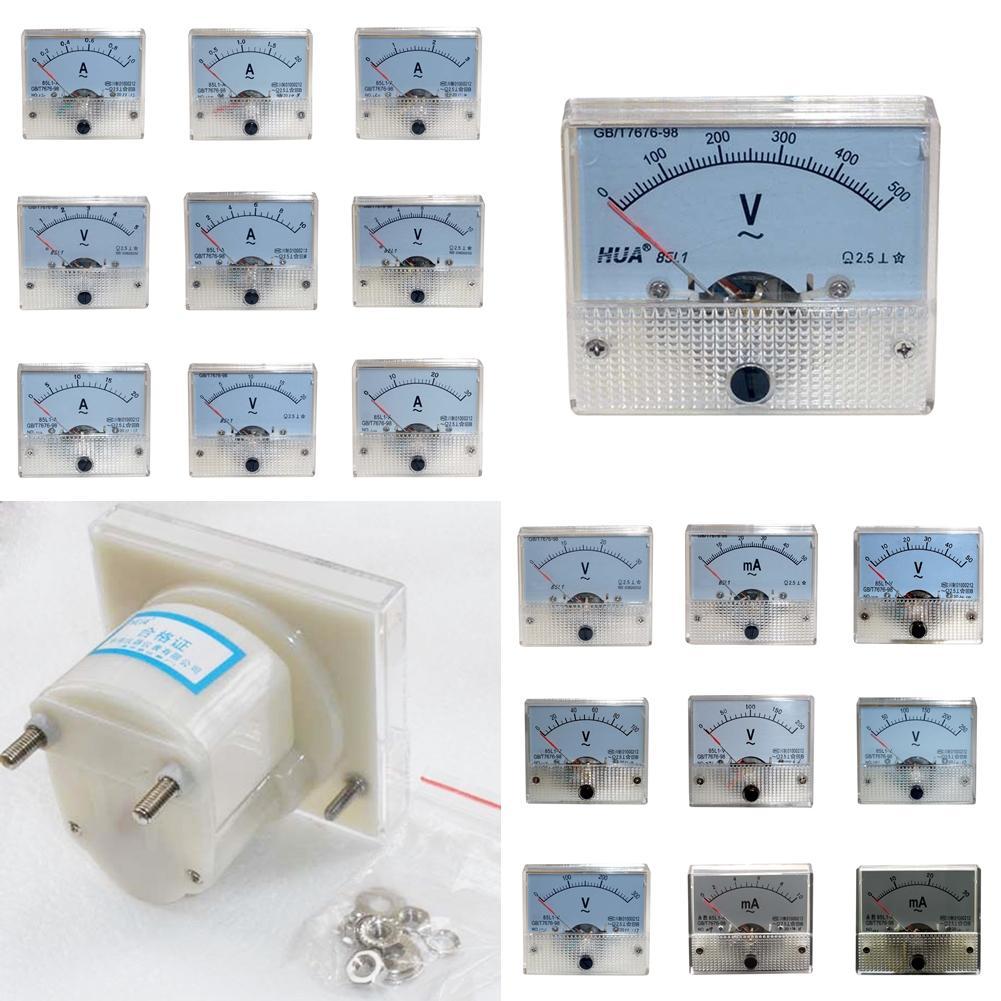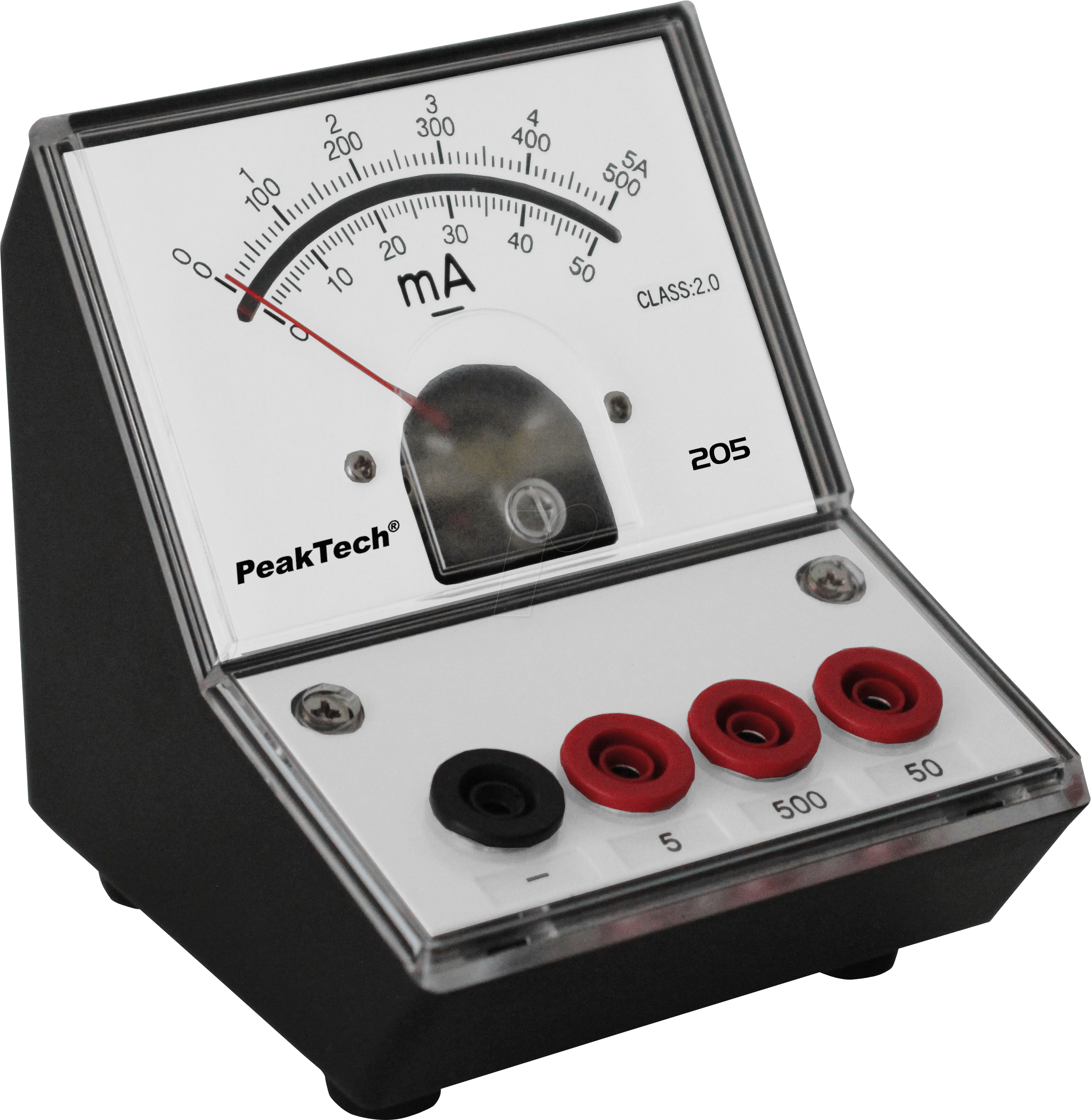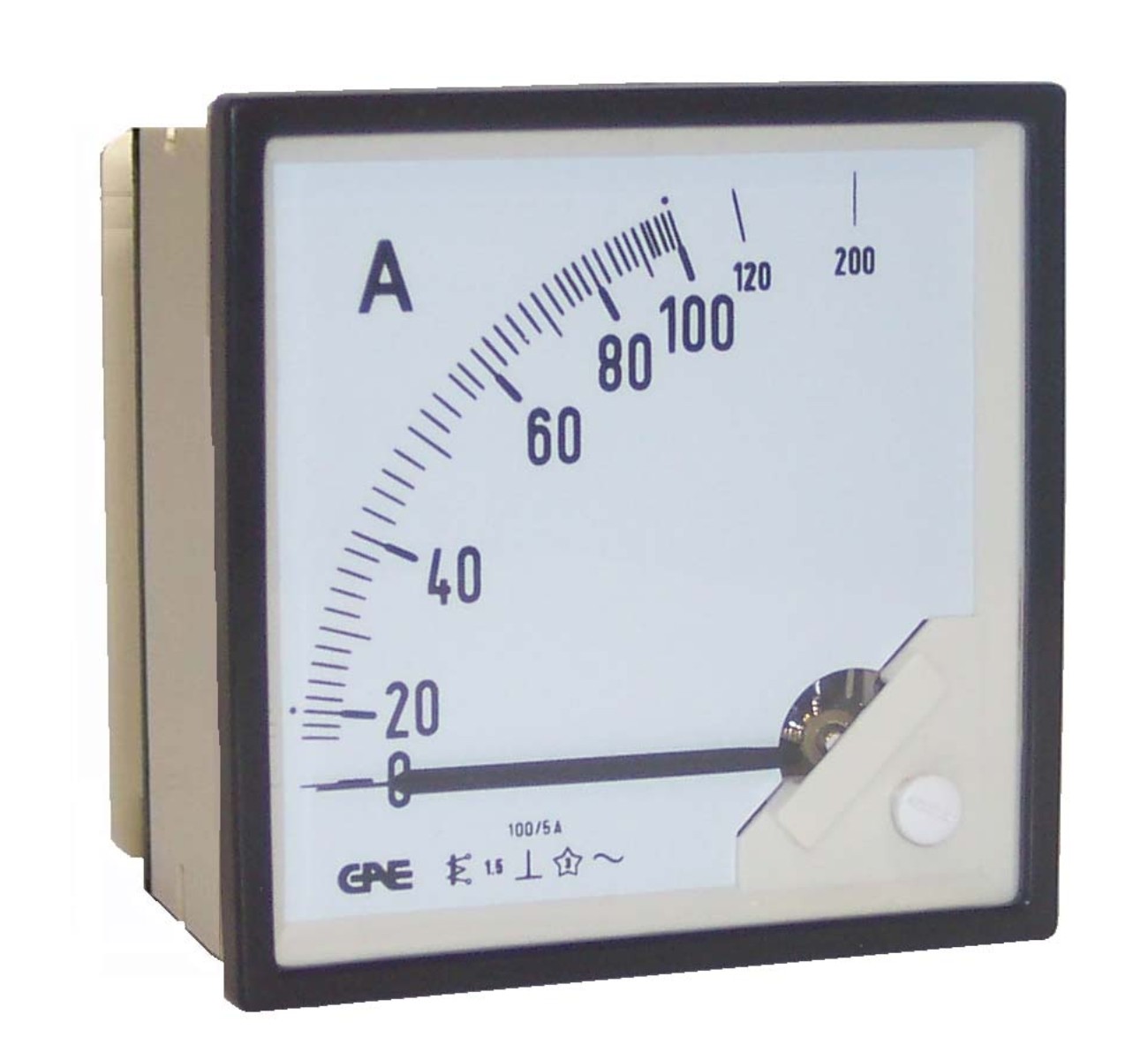
AC Ampere AC Voltmeter Analog Tafel Meter Ampereme... Grandado
The ampere ( / ˈæmpɛər / AM-pair, US: / ˈæmpɪər / AM-peer; [1] [2] [3] symbol: A ), [4] often shortened to amp, [5] is the unit of electric current in the International System of Units (SI). One ampere is equal to 1 coulomb (C) moving past a point in 1 second.

Jual Ampere Meter Panel 50 Ampere Analog AC DC 50A Amper New di lapak
In the context of air conditioning, AC amps refer to the amount of electrical current drawn by the AC system to operate. The higher the amps, the more electrical power is being consumed. This is an important metric to consider, as it directly impacts the energy usage and cost associated with operating your AC unit.

AC 500A digital AC ampere meter with current transformer current meter
AC power. The blinking of non-incandescent city lights is shown in this motion-blurred long exposure. The AC nature of the mains power is revealed by the dashed appearance of the traces of moving lights. In an electric circuit, instantaneous power is the time rate of flow of energy past a given point of the circuit.

Square Ampere Meter 10A AC 72mm Online Best Price in India
For a three-phase AC circuit, if the line to line voltage is known, kilowatts can be calculated from ampere using the following formula. For any three-phase AC circuit, Power kW = (√3 x V L x P.F. x I L ) / 1000. Where V L and I L are the RMS value of the applied line voltage and line current respectively and P.F. is the power factor of the load.

PEAKTECH 20504 Ampere meter, analogue, benchtop, 0 50 mA 500 mA
For three-phase AC circuits where the current, line-to-line RMS voltage, and power factor are known, the formula to convert amps to watts is: P (W) = I (A) × V L-L (V) × PF × √3. The power P in watts is equal to the product of the current I in amps, the line-to-line voltage V in volts, the power factor PF, and the square root of 3.
Digital Panel AC Ampere Meter, For Industrial, Model Number/Name Dpma
Watts to amps at 240V (AC) Understanding watts, amps and volts; Watts to amps conversion examples; Watts to amps formula. The formula for converting watts to amps is: Amps = Watts ÷ Volts How to convert watts to amps. To convert watts (electrical power) to amps (electrical current) at a fixed voltage, you can use a variation of Watt's Law.

gital Volt Ampere Amp Meter Voltmeter Guage Voltage AC 100300V 100A
Part 1 Configuring the Multimeter Download Article 1 Check the nameplate on your battery or breaker to determine its maximum amps. Before you attach your multimeter to the circuit, you need to make sure that the meter is rated for the number of amps traveling through that circuit.

YB5135A AC LED Digital Current Meter Ampere Meter AC 200mA 2A 10A 50A
AC single phase watts to amps calculation. The phase current I in amps (A) is equal to the power P in watts (W), divided by the power factor PF times the RMS voltage V in volts (V): I(A) =. P(W) PF × V(V) The power factor of resistive impedance load is equal to 1.

Somex Single Phase 4inc.Metal Body Ampere AC Meter, For Industrial at
Mathematically, Amps = Volts / Ohms. Amps and Ohms: Ohms (Ω) measure the electrical resistance in a circuit. Resistance determines the opposition to the flow of electric current. According to Ohm's Law, Amps = Volts / Ohms. Therefore, if the resistance increases, the current decreases and vice versa.

PEAKTECH 3203 Analoge ampèremeter, 10 A AC DC bei reichelt elektronik
To convert amps (electrical current) to watts (electrical power) at a fixed voltage, you can use the equation: watts = amps × volts. Simply multiply your amps figure by the voltage. Example calculations 15 amps × 120 volts = 1800 watts 20 amps × 120 volts = 2400 watts Amps to watts at 120V (AC) Amps to watts at 12V (DC)

Voltmeter, Digital Voltmeter, Multifunctional AC Ampere Meter
The electrical currents are movements of electric charges (electrons) through a conductor. The electrical current can be current driving or AC/DC convention. His unit is the ampere and is measured by the ammeter. Every electrical current produces an electric field.

Product Detail Ampere Meter GAE
AC power plugs and sockets connect devices to mains electricity to supply them with electrical power.A plug is the connector attached to an electrically-operated device, often via a cable. A socket (also known as a receptacle or outlet) is fixed in place, often on the internal walls of buildings, and is connected to an AC electrical circuit. Inserting ("plugging in") the plug into the socket.

Shiv Trading AC DC Ampere Meter, For Industrial, Dimension 96 X 96
1 Apply the conversion formula for DC electricity. Electric current, represented by I, which is measured in amps (A), can be found by dividing power in watts (W) by the volts (V) of voltage. This is represented by the following formula: I (A) = P (W) / V (V) [4] Or, more simply: Amps = Watts / Volts 2

0 100 Ampere AC Analog Panel Meter, 48mm x 48mm
Power in AC Circuits. In a DC circuit, the power consumed is simply the product of the DC voltage times the DC current, given in watts. However, for AC circuits with reactive components we have to calculate the consumed power differently. Electrical power is the "rate" at which energy is being consumed in a circuit and as such all.

Jual Tang Ampere AC Sanwa DCM 400 with case di lapak WRU Store werru78jia
SI Units - Electric Current. The ampere is defined by taking the fixed numerical value of the elementary charge e to be 1.602176634 × 10 −19 when expressed in the unit C, which is equal to A s, where the second is defined in terms of ∆ν Cs. The SI unit of electric potential difference is the volt (V) 1 V = 1 W/A.

0 1 Ampere AC Analog Panel Meter, 4.5 Inch
The formula to convert amps to kilowatts for three-phase AC circuits where the line-to-neutral RMS voltage is known is: P (kW) = I (A) × V L-N (V) × PF × 3 1,000. Thus, the power P in kilowatts is equal to the product of the current I in amps, the line-to-neutral voltage V in volts, and the power factor PF, multiplied by 3, then divided by.